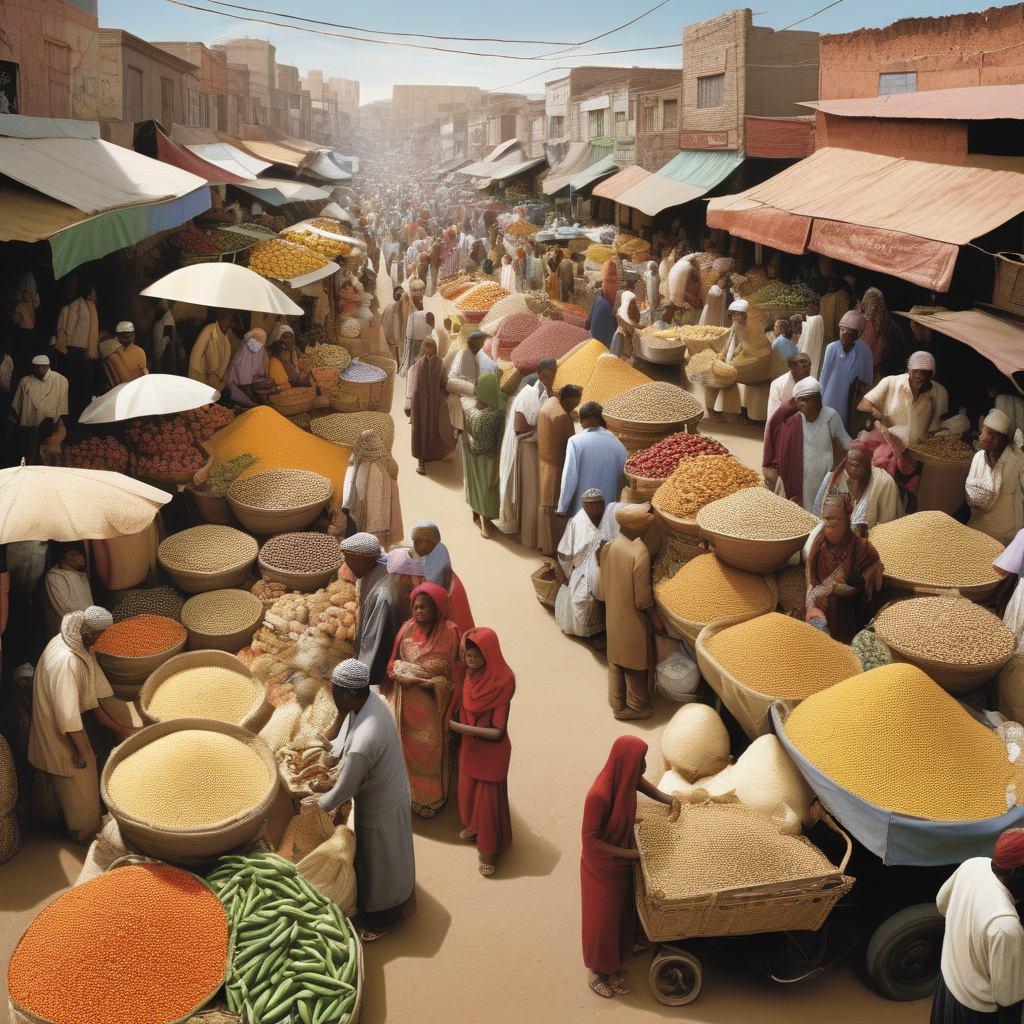The Impact of Population Growth on Global Commodity Demand
As the global population continues to rise, the demand for essential resources grows alongside it. Population growth fuels urban development, infrastructure expansion, and increased consumption of goods and services. This surge in population has a direct impact on the demand for commodities such as oil, food, metals, and water.
With more people residing in urban areas, the need for construction materials like cement and steel escalates. Urbanization also drives the demand for energy to power homes, transportation, and industries, leading to a higher need for oil, coal, and natural gas. As cities grow, the demand for food rises, putting pressure on agricultural commodities such as wheat, corn, and soybeans.
Moreover, the increase in population translates to a higher demand for metals like copper, aluminum, and iron ore, which are essential for infrastructure development, manufacturing, and technology production. Water scarcity becomes a looming concern as more individuals require access to clean water for drinking, sanitation, and industrial processes, intensifying the demand for water resources.
This trend is not limited to a single region but has a global impact. Developing countries experiencing rapid population growth face challenges in meeting the rising demand for commodities, leading to potential supply chain disruptions and price fluctuations. On the other hand, developed nations with stable or declining populations may encounter issues related to resource allocation and sustainability as they strive to meet the needs of their citizens while ensuring responsible consumption practices.
As the world navigates the complexities of population growth and resource demand, innovative solutions are essential. Technologies such as renewable energy sources, precision agriculture, water recycling systems, and efficient urban planning can help mitigate the strain on commodities and promote sustainable development. Collaboration among governments, industries, and communities is crucial to address these challenges collectively and pave the way for a more resource-efficient future.
In conclusion, the impact of population growth on global commodity demand is undeniable. As the world population continues to expand, the need for essential resources will only intensify. By adopting sustainable practices, embracing technological advancements, and fostering collaboration, we can work towards a future where the demands of a growing population are met without compromising the well-being of the planet and its inhabitants.
(Source: TechRound)

